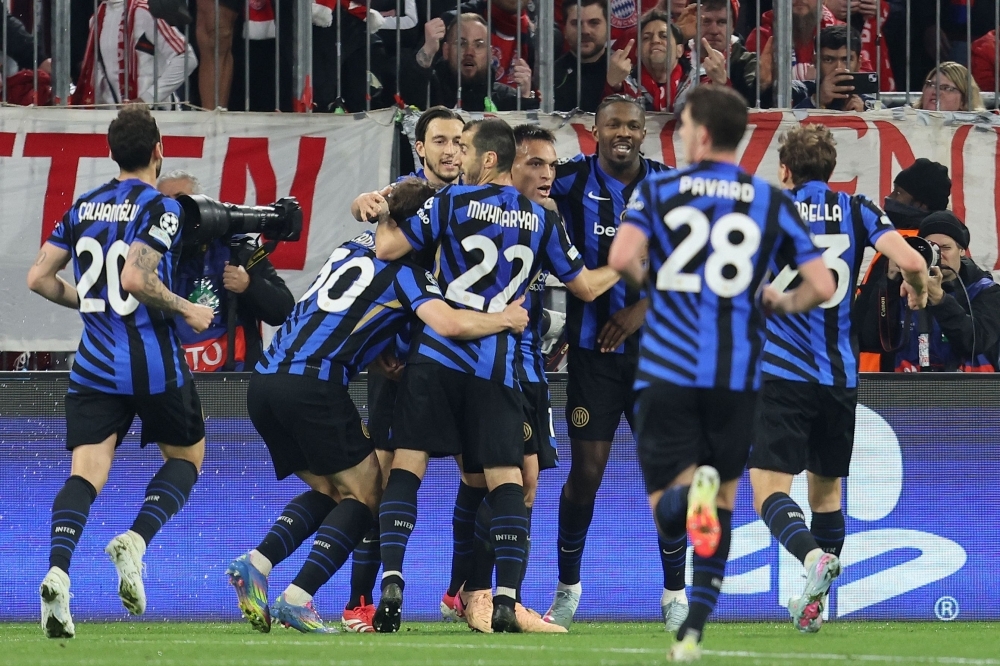New Delhi, July 24 – Once seen as a “sleeping giant” by former FIFA president Sepp Blatter, Indian football now finds itself in a state of confusion, heartbreak, and fear. The dream of building a thriving football culture in the world’s most populous nation is facing a harsh reality—one marred by broken systems, uncertain leadership, and fading hope.
Legendary striker Sunil Chhetri, the heart and soul of Indian football, didn’t mince words in a heartfelt message on X: “Everybody in the Indian football ecosystem is worried, hurt, scared about the uncertainty we are faced with.” When a nation turns back to a 40-year-old veteran to rescue its team, it’s more than a symbolic gesture—it’s a desperate cry for direction.
Chhetri, who ranks just behind the likes of Cristiano Ronaldo, Lionel Messi, and Ali Daei in international goals, had retired. But the lack of rising talent pulled him back. It reflects the void India faces: a football structure that’s failed to nurture its youth. The result? A national team now languishing at 133rd in FIFA rankings, its lowest in nearly a decade, with only one win in 16 matches.
The recent resignation of coach Manolo Marquez after a dismal year added to the growing chaos. His departure, following a shocking 1-0 loss to Hong Kong, exposed the fragility of India’s international aspirations. And off the field, things aren’t any better.
The Indian Super League (ISL), once a beacon of change in Indian football, is now in limbo. A stalled agreement between the All India Football Federation (AIFF) and its commercial partner FSDL has halted preparations, leaving over 5,000 players, staff, and families in the dark.
Despite the gloom, voices like former captain and national team director Subrata Paul still believe in a brighter future. “This is a time to pause, reflect, and refocus,” Paul said, emphasizing the need for investments in grassroots training, youth academies, infrastructure, and quality coaching.
The ISL began in 2014 with great promise, even attracting international stars like Alessandro Del Piero. But over time, the glitz faded. Falling viewership and sponsor interest speak volumes. What started as a revolution risks becoming a footnote unless drastic changes are made.
International support has shown interest. Arsene Wenger, ex-Arsenal manager and now FIFA’s global development head, visited India in 2023 to help launch youth programs. According to AIFF President Kalyan Chaubey, Wenger advised India to introduce football by age 8, not 13 as is commonly done—emphasizing early nurturing as essential for success.
India’s football history isn’t entirely barren. The team once reached the Olympic semi-finals in 1956, finishing fourth. But those days are now distant memories.
Sports journalist Jaydeep Basu, author of Who Stole My Football?, doesn’t hold back. “Poor management has led to our decline,” he said, accusing a “caucus” within AIFF of prioritizing personal gain over the game’s future.
For now, the dream of an Indian World Cup team remains just that—a dream. But dreams, when backed by action, investment, and heart, can still come true. Indian football may be hurting, but perhaps this moment of reckoning is the beginning of something better. It has to be.





One thought on “Indian Football at the Crossroads: A Wake-Up Call for a Nation’s Sporting Dreams”